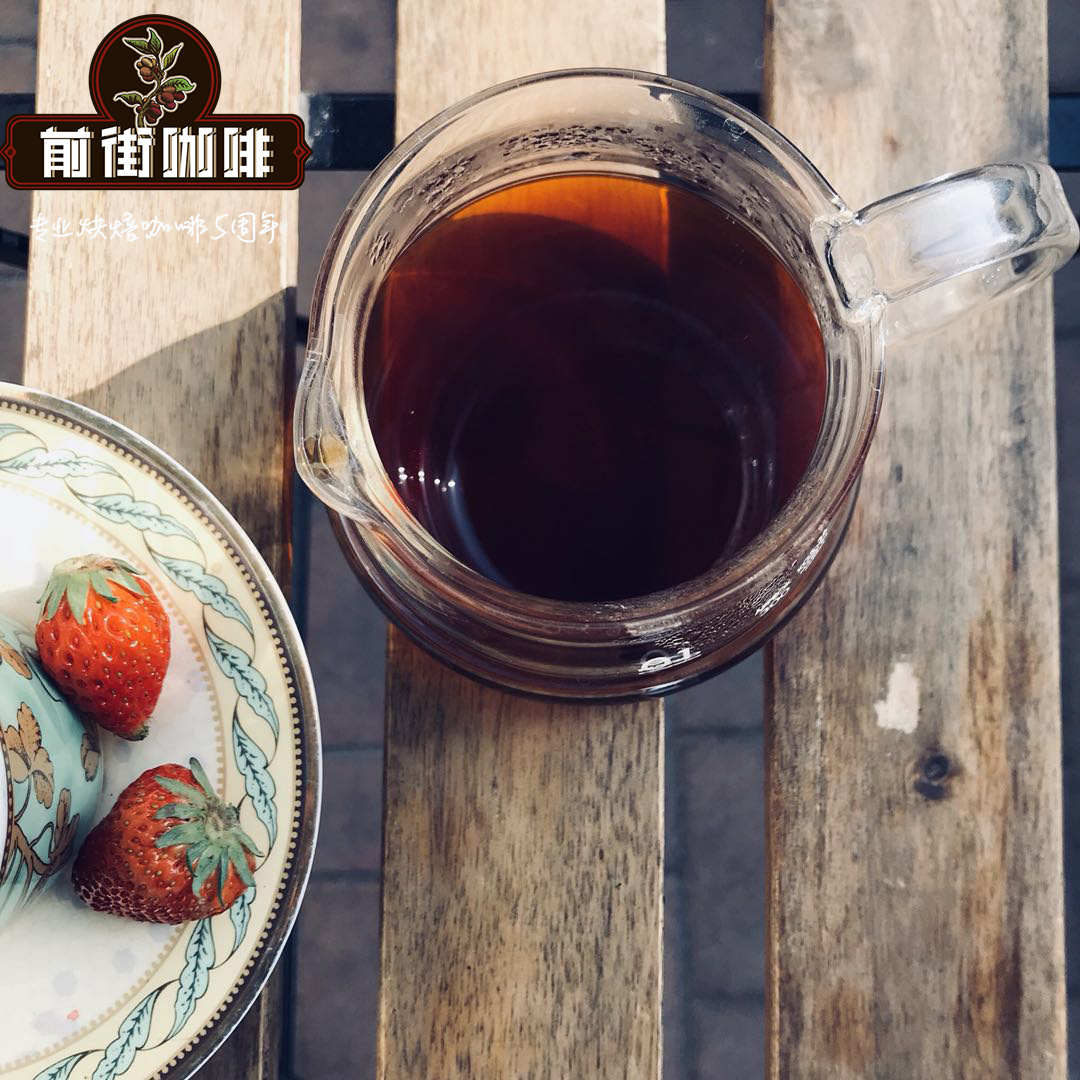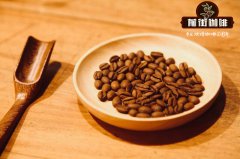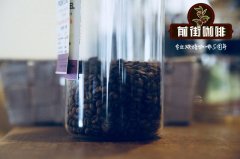How do you drink Mexican coffee? can I make iced coffee espresso?

Professional coffee knowledge exchange more coffee bean information please follow the coffee workshop (Wechat official account cafe_style)
Mexico, located at the northern tip of Central America, is the fourth largest coffee producer in the world, mainly growing Arabica coffee beans. Due to the influence of geography and weather environment, almost all the well-known Mexican coffee producing areas in the world are in the southeast of the country, near Guatemala. These include Oaxaca (Oaxaca), Coatepec (Cotepe), Veracruz (Veracruz), Chiapas (Chiapas) and Pluma (Pramin).
Although Mexico is at the edge of the coffee production belt and the flavor of coffee is relatively peaceful, the coffee grown in this country is quite characteristic and even representative.
Mexican Coffee Mark 1: organic Coffee
Arabica coffee accounts for 70% and 80% of all coffee production, but it has high requirements for weather and soil environment, and its ability to resist insect pests is very poor. Therefore, many countries that mainly grow coffee in Arabica will use pesticides and chemical fertilizers to improve the success rate of planting.
However, some countries will use more environmentally friendly organic planting methods. From the time the coffee seeds are buried in the soil, they do not need all chemical raw materials, but only rely on natural conditions, and they also need to grow in all the planting and production processes. Only through strict control, supervision and certification by professional institutions can it become a real organic coffee.
It is worth mentioning that the certification process of organic coffee is quite long, which takes about three years. So when coffee growers decide to do organic certification, it means a time-consuming and costly investment, and Mexico is the world's largest producer of organic coffee.
Mexican coffee logo 2: coffee beans giant elephant beans
The elephant bean was found in Maragogype in northeastern Brazil in 1870. It is the largest coffee bean among Arabica beans and is basically three times the size of other coffee beans.
In addition, elephant beans, as a descendant of Arabica, can also adapt to the lower altitude planting environment and have a good flavor performance. Among them, the elephant bean, which is recognized as the best quality and the most representative, grows in the two neighboring countries, Mexico and Guatemala.
But most coffee lovers say they still prefer Mexican elephant beans. On the one hand, they are organic beans grown by heaven, and on the other hand, the elephant beans in Mexico's Liquidambar MS (Liki Danbar) region are also famous for their smooth, mellow, fragrant and attractive taste.
Traditional Mexican coffee cinnamon pottery pot to make coffee
Caf é de olla, a traditional Mexican coffee, gets its name from a traditional clay pot used to make coffee. Moreover, many locals believe that the most authentic way is to brew coffee in this clay pot and season it with coarse sugar bars and cinnamon sticks.
To be honest, the traditional coffee practice of Mexicans is a bit heroic. Especially in the past, when winter came in Mexico, lots of sugar, whole cinnamon sticks and tequila were added to the Caf é de olla to keep warm.
But now Mexican coffee has also been improved to become one of the fancy coffee. If you are a coffee lover, you might as well learn how to make it:
1. Heat a cup of milk, a teaspoon of cinnamon powder and a teaspoon of vanilla powder in a pot.
two。 After mixing well, add the cocoa powder until it dissolves again.
3. When the milk mixture is cooled, pour it into the prepared black coffee.
4. Finally, decorate with cinnamon sticks, sprinkle some cinnamon powder and Mexican coffee will be fine.
Important Notice :
前街咖啡 FrontStreet Coffee has moved to new addredd:
FrontStreet Coffee Address: 315,Donghua East Road,GuangZhou
Tel:020 38364473
- Prev

Mexican coffee boutique coffee beans what is the good flavor of Mexican coffee beans
Professional coffee knowledge exchange more coffee bean information please follow the coffee workshop (Wechat official account cafe_style) Mexico is a fascinating country. This is the place where the Aztec civilization originated and perished, with rich cultural heritage; rich mineral deposits and beautiful scenery; this is the country of cactus; this is the hometown of tequila, of course, it's still coffee.
- Next

How to make Brazilian Santos Coffee? is Brazilian Santos Coffee good with V60?
Professional coffee knowledge exchange more coffee bean information please follow the coffee workshop (Wechat official account cafe_style) Brazilian coffee is named after its port (Santos) Brazil Santos, its output accounts for about 1 pound 3 of the world's total coffee output, occupies a pivotal position in the global overall trading market, so the coffee produced is of uniform quality and is generally considered to be an indispensable coffee for mixing and blending.
Related
- Beginners will see the "Coffee pull flower" guide!
- What is the difference between ice blog purified milk and ordinary milk coffee?
- Why is the Philippines the largest producer of crops in Liberia?
- For coffee extraction, should the fine powder be retained?
- How does extracted espresso fill pressed powder? How much strength does it take to press the powder?
- How to make jasmine cold extract coffee? Is the jasmine + latte good?
- Will this little toy really make the coffee taste better? How does Lily Drip affect coffee extraction?
- Will the action of slapping the filter cup also affect coffee extraction?
- What's the difference between powder-to-water ratio and powder-to-liquid ratio?
- What is the Ethiopian local species? What does it have to do with Heirloom native species?

